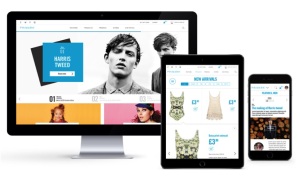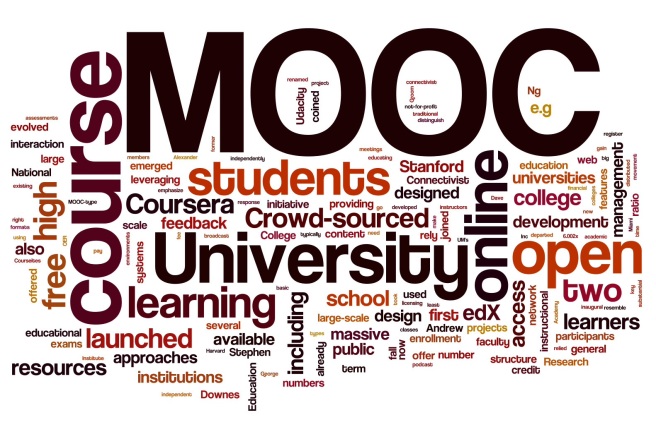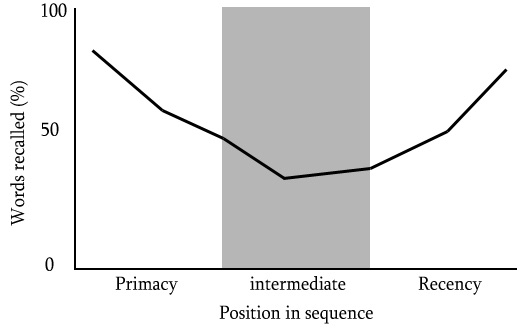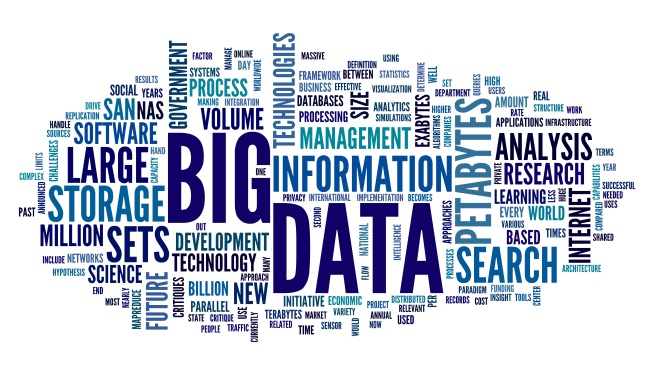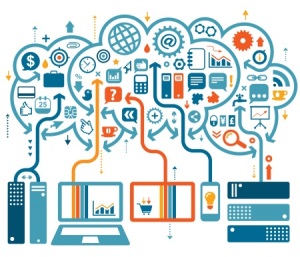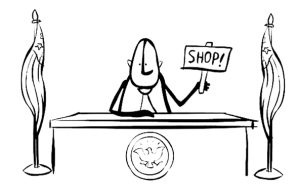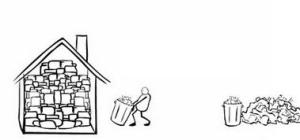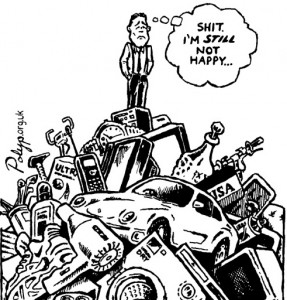‘Only 42 more shopping days before CHRISTMAS!!!’ We all have this friend completely obsessed with Christmas, but what is it that we all love so much about it? Of course: the presents! Let’s be honest here, for the vast majority there is no Christmas without presents. The act of consumption is very present during this holiday period. According to The Telegraph, the UK spends the second most on shopping after Ireland with £680 per person spent on goods over the Christmas season.
However, Christmas as we know it didn’t exist before the industrial revolution and the rise of advertising during the 19th and 20th centuries. This began to transform Christmas from the almost entirely religious celebration, to the primarily commercial holiday that it is today.
And what about the most famous Christmas character? Whilst the church might still believe it to be ‘Jesus Christ’, there is no doubt that in the exact same way that Jesus knocked the Pagan and Roman key characters off of the top spot, our beloved Santa Claus has achieved no less of a feat!
Saint Nicholas of Myra as he was first known was a Dutch saint famous for giving gifts. If you aren’t familiar with the story, perhaps you’ll notice that ‘Sinterklaas’, his name in Dutch, sounds a little familiar. It wasn’t until Coca-Cola covered him with their brand colours in the adverts of the early 1930s that he became the emblematic figure of Christmas we know today.
To understand the phenomenon that we all fall victim to during the Christmas period, I read some of Marx thoughts about Capitalism in his book ‘Capital’. Marx talks about ‘the fetishism of commodities’. Fetishism is the belief that we associate with pre-modern civilizations, worshipers of objects for their ‘magical’ properties. Before Marx, the term was used by Christian missionaries to describe the bewilderment of those non-evangelised people who took their idols for gods. Speaking of “the fetishism of commodities” Marx highlights a ‘magical’ thinking at the heart of the modern life and our “immense accumulation of commodities”. He outpaced anthropologists such as Marshall Sahlins and those after him who studied the ‘totems’ of the consumer society. We could then think that people consume because they seek a spiritual or magical reward within the act of consumption. The act of consuming brings happiness and links us to part of a social group. As Pierre Bourdieu suggests, consumption enables us to create sub-group of people.
For Marx, ‘commodity fetishism’ is to be viewed identically to pre modern civilizations worshiping statues, madness! What are these modern commodities if not the products of human labor, the result of social relations between men?
We are so committed to these goods that we often fail to see the bigger picture, including the exploitation which is integral to their production! The concept of ‘commodity fetishism’ inspires many global brands. With always more attractive products created for worldwide consumption, our consumer society tends to forget the poor working conditions without which Christmas wouldn’t be possible.
Reference:
Marx, K. (1867). Capital. Available from https://www.marxists.org/archive/marx/works/download/pdf/Capital-Volume-I.pdf
Khan, M. (2014). Welcome to Britain: the most generous Christmas shoppers in the world. The Telegraphe. Retrieved from http://www.telegraph.co.uk/finance/economics/11283573/Welcome-to-Britain-the-most-generous-Christmas-shoppers-in-the-world.html



